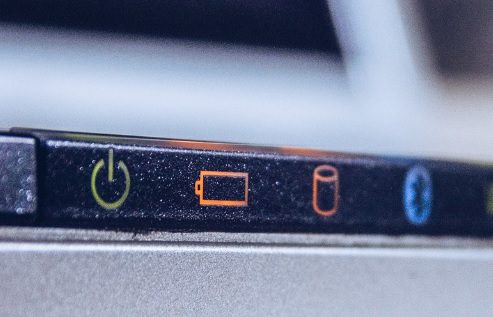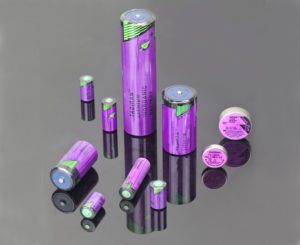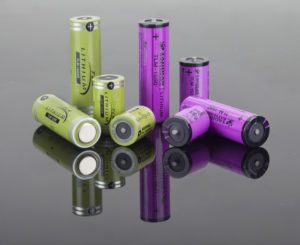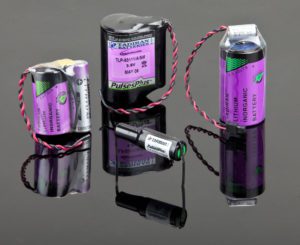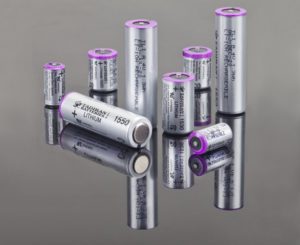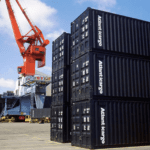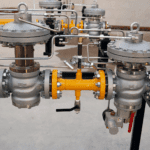As the most known industrial battery backup system and most reliable device, we have a UPS whose usage we’re about to explain.
Industrial battery backup systems
In the era of mass production, we are facing factory systems that are working 24 hours per day, and that wouldn’t be possible without a proper industrial battery backup. These closed systems require a continuous power supply, and even a short lack of power can cause severe damage to the production chain.
That’s why today, most industrial battery companies are developing more secondary power sources. These devices are called UPS, or Uninterrupted Power Supply, and they are the most reliable industrial battery product for this purpose on the market.
What are industrial battery backup systems?
Nowadays, more and more systems are relying on computers and programs. A lot of industrial systems are automated, and their workflow depends on the brain of the system – that’s the computer. Choosing a suitable UPS device depends on a variety of factors, such as the load size, budget, criticality of the equipment, location, and others. There are three major types – offline, line-interactive, and online double conversion industrial battery backup systems.
How does industrial battery backup work?
Battery factories are mainly relying on green source energy and industrial battery products based on lithium. The most used compound for these long-lasting batteries is lithium-thionyl chloride. Due to its characteristics, it’s a perfect fit for secondary power sources.
- Online UPS systems work based on direct conversion of power to DC (direct current) and then converted back to AC (alternating current). AC is converted to DC through the rectifier, and the connected load is further transferred via the inverter. If the AC fails, batteries will keep the power flowing to the devices that are using UPS. This is being obtained by the rectifier dropping out of the system and current circuit. This is the most common UPS mode used by many big data centers that require a high-quality power supply.
- Line-interactive systems works through a control of power fluctuation. Besides industrial battery backup, these systems are used to control conditions in areas where outages are rare, but power fluctuations are often. When the AC input fails, the transfer switch is open, and power flows from the battery to the UPS-connected device. The whole procedure is controlled by a permanently active inverter. This takes between 4-6 milliseconds, and it’s great for rackmount applications that scale under 5000VA.
- Offline/Standby batteries are cost-effective and straightforward solution. The main difference with these industrial battery backup systems is their range of power excepted before switching to backup. When the AC power fails, the inverter is activated and connected to the output by a transfer switch. This can take up to 8 milliseconds to break while the power supply is switched. These devices are perfect for small offices and less critical environments.
Advantages of industrial battery backup systems
These days, AC is stable and, more importantly, clean, but we face issues during distribution and transmission. Voltage spikes, sags, and system failures are the most common problems that can cause serious damage to equipment and loss of data.
One of the advantages of industrial backup batteries is that no power transfer switch is necessary. At the same time, these systems protect equipment from all power disturbances due to noise interferences, power surges, brownouts, and other power control issues.
Also, these devices cover a wide range of power input voltage which is critical in maintaining protection. During unexpected voltage surges, systems could be seriously damaged, and these batteries prevent that through a power-controlling inverter.
The most crucial advantage of industrial battery backups is that these devices are 100% recyclable. Li-SOCL2, which is the main component, is less toxic and easily disposable. Preferably, the recycling process should be done by a battery factory that has a department specialized in recycling. This way, we keep our environment clean and safe.
The biggest disadvantage of these products is their durability. What we find interesting are new technologies developed by one of the leaders in the battery industry on the global level, Tadiran Batteries. Their solution will definitely match your system requirements’ quality and durability standards.
FAQ
What is the backup battery life span?
Depending on external factors such as temperature, humidity, power frequency, and location, batteries have an expected lifespan of 3-5 years.
How long can a backup battery be actively used?
Industrial battery backups that are combined with renewable energy sources can last up to 6 hours. Other batteries’ active time is significantly lower but allows you to finalize and save your work safely.
Playing the article for the visually impaired


